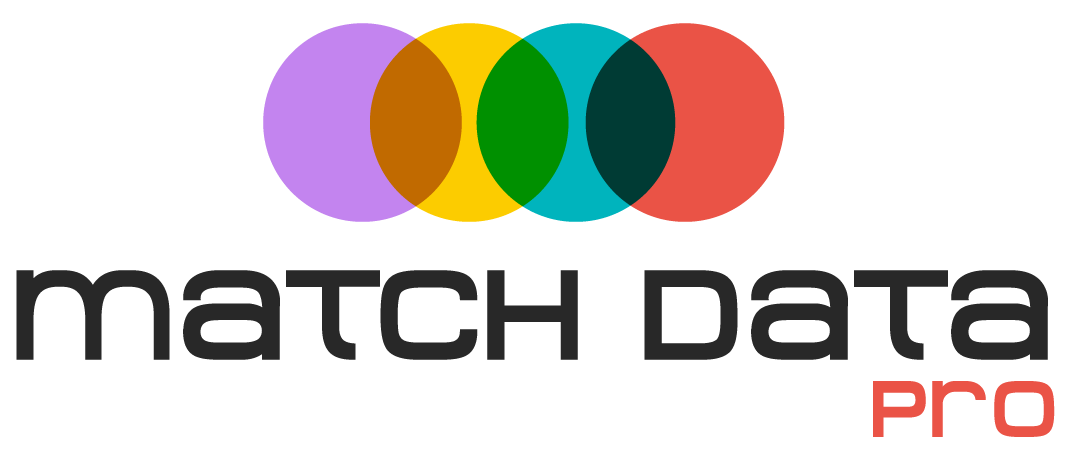Best Practices for Data Cleansing
Data cleansing is an essential process for maintaining high-quality data that drives accurate insights and decision-making. By following best practices, organizations can identify and correct errors, ensuring consistency and reliability. Here are the key steps to effective data cleansing:
1. Profiling Data for Quality Issues
Before cleansing, it’s crucial to assess the current state of your data. Data profiling helps identify inconsistencies, missing values, duplicate records, and formatting errors. This step allows you to pinpoint areas that require cleaning and standardization. Common issues to look for include:
- Duplicate entries
- Inconsistent formatting (e.g., date formats, capitalization)
- Incomplete or missing data
- Data entry errors
2. Data Cleansing and Standardization
Once data quality issues are identified, the next step is to clean and standardize the dataset. This involves:
- Removing Punctuation from Phone Numbers: Convert (123) 456-7890 to 1234567890.
- Validating and Standardizing Email Addresses: Ensure all email addresses are correctly formatted and free of typos.
- Using a Dictionary to Standardize Business Names: Convert “Acme Inc.” and “Acme Incorporated” to a consistent format.
- Parsing Names Correctly: Use the Match Data Pro (MDP) name parser to separate first names, middle names, and last names into different columns.
- Standardizing Addresses: The MDP address parser can be used to correct formatting, ensure consistency, and match addresses against reference databases.
3. Fuzzy Matching to Identify Similar Records
Even with clean data, duplicate records can persist due to variations in spelling, formatting, or data entry errors. Fuzzy matching helps detect and link similar records based on defined similarity thresholds. By applying fuzzy matching techniques, organizations can:
- Deduplicate Data: Remove duplicate records to maintain a single source of truth.
- Merge Data to Create a Golden Record: Consolidate similar records into a unified, accurate representation.
Conclusion
Data profiling, cleansing, and fuzzy matching are crucial steps in maintaining high-quality datasets. With Match Data Pro, these processes can be seamlessly executed with minimal learning curve, allowing organizations to optimize their data quality management efforts efficiently.
